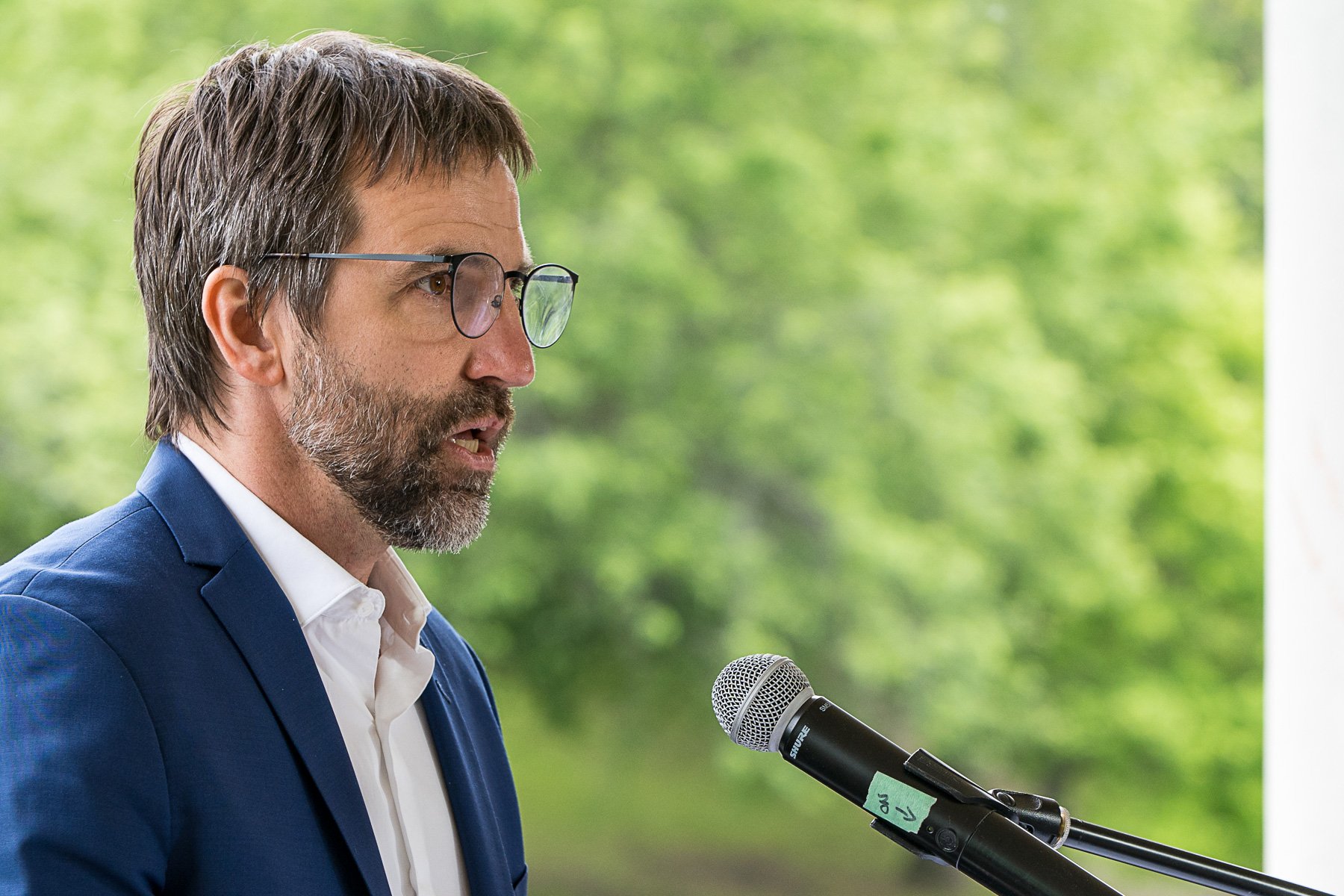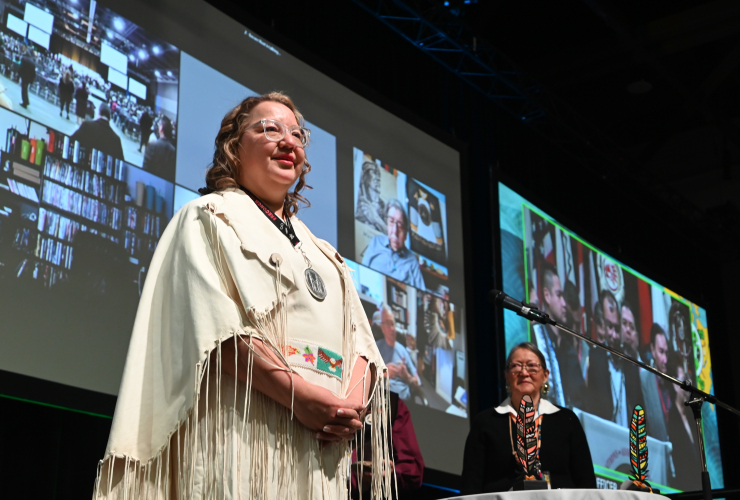The federal government’s pledge to protect a third of Canada’s land and water by 2030 will be put into legislation next year, says federal Environment and Climate Change Minister Steven Guilbeault.
This will enshrine those important commitments into law by setting clear planning standards and reporting requirements to ensure the federal government delivers on nature protection.
The government announcement came in the final days of the annual UN climate change summit in Dubai, where world leaders are negotiating an agreement to tackle this existential threat. An interim version of Canada’s biodiversity strategy was also released, and noted a full strategy is coming in 2024. The idea is for the bill to be the biodiversity equivalent of the Canadian Net-Zero Accountability Act, which enshrines the federal government’s greenhouse gas emission reduction targets in law.
Ecojustice lawyer Joshua Ginsberg said it's “really meaningful that these major biodiversity announcements came in the middle of a climate conference because it really does highlight the connectivity between those two things. That's a really good sign.”
The biodiversity crisis and climate crisis are inextricably linked. Land use is the biggest threat to biodiversity but climate change is another enemy, altering ecosystems rapidly so species have a hard time adapting. Pollution, invasive species — which can become more prolific as temperatures rise and habitats change — and habitat destruction are other key threats to biodiversity.
This time last year in Montreal, world leaders at the UN biodiversity summit inked a historic deal known as the Kunming-Montreal Global Biodiversity Framework, which commits countries to protect 30 per cent of land and oceans by 2030. Canada has its own domestic commitment to conserve 30 per cent of the country’s land and water by 2030. This forthcoming legislation would establish an accountability framework to chart a path and measure progress on that target.
“Canada is one of the first countries in the world to announce its intent to enshrine nature and biodiversity commitments into law, and I am encouraging my counterparts from other countries to do the same,” said Guilbeault at the announcement on Dec. 9 in Dubai. “There is more work to do, and all provinces, territories, Indigenous Peoples, businesses and communities have a role to play.”
Ecojustice was quick to applaud Guilbeault’s announcement that Canadians can expect to see the legislation in 2024. The environmental law charity has been calling for this since before COP15 in Montreal.
The legislation will be “critical,” said Ginsberg. If the act is drafted well, there will be a legal obligation for the federal government to show how its plans are actually going to achieve the 30 by 30 conservation target and set clear standards for the plans, he said.
“The logic behind [the legislation] is that we won't have progress unless we state what our goals are, call them binding, and make a plan to get there that the government has to follow,” said Ginsberg. “And we know that in the past, good intentions have not worked.”
The biodiversity legislation will lay out concrete steps to achieve the 30 by 30 commitment from now to 2030, according to the federal government. This includes developing Canada's 2030 biodiversity strategy and publishing clear and accessible reports to assess progress on nature and biodiversity commitments and enable course corrections.
Ecojustice says the legislation must be drafted in partnership with Indigenous people. Eighty per cent of the world’s biodiversity is on Indigenous lands, despite Indigenous Peoples only making up five per cent of the global population, according to the United Nations.
Green Party Leader Elizabeth May has been a vocal critic of the Canadian Net-Zero Accountability Act because she says the 2050 target neglects the immediate emissions reductions needed to curb climate change and lacks teeth. A recent report from Canada’s environment commissioner found Canada is on track to miss federal climate targets, a fact that did not surprise opposition parties.
Ginsberg says a biodiversity accountability law will be more complicated than the Canadian Net-Zero Accountability Act because “net-zero by 2050” — which May panned as inadequate, given the need to rapidly reduce emissions this decade — is easier to measure than halting and reversing biodiversity loss.
“Biodiversity has a lot more indicators to get to the places that we need to be on a number of fronts,” said Ginsberg. “So just articulating what those are and putting them in law is huge, because we have not actually articulated what our goals are and the timeline that they should be reached for a problem as huge as biodiversity,” he added, calling it “at the very least, a critical first step.”
Natasha Bulowski / Local Journalism Initiative / Canada’s National Observer
It occurs to me that habitat
It occurs to me that habitat loss and climate change could compound each other's effects. Consider: You're an animal living somewhere and it gets too warm. What do you do? Migrate north. But, what if "north" is a subdivision? You're toast.
By now I'm a bit skeptical of
By now I'm a bit skeptical of any kind of "protection" that our governments might be willing to put in place.
Protected ... until a builder wants to build. Protected ... till a rancher decides to sell some land. Protected ... unless someone wants to log or mine. Protected, till a profit-reaper takes a First Nations "partner." Protected ... But.
If the fox is always going to be in charge of the chicken coop, I'm






Comments